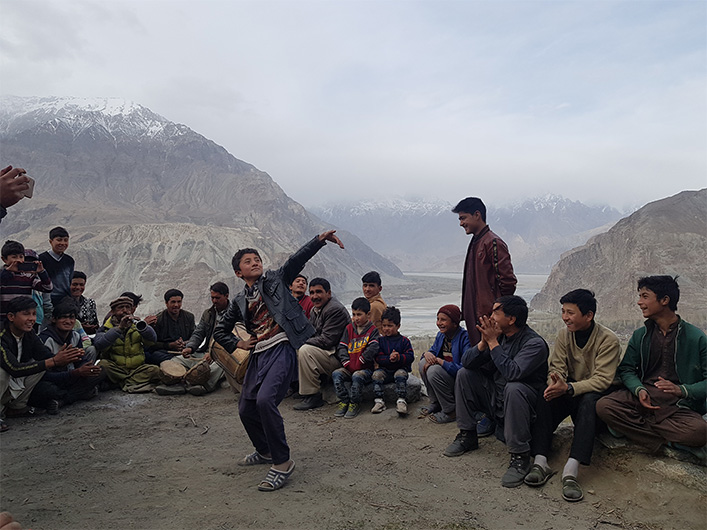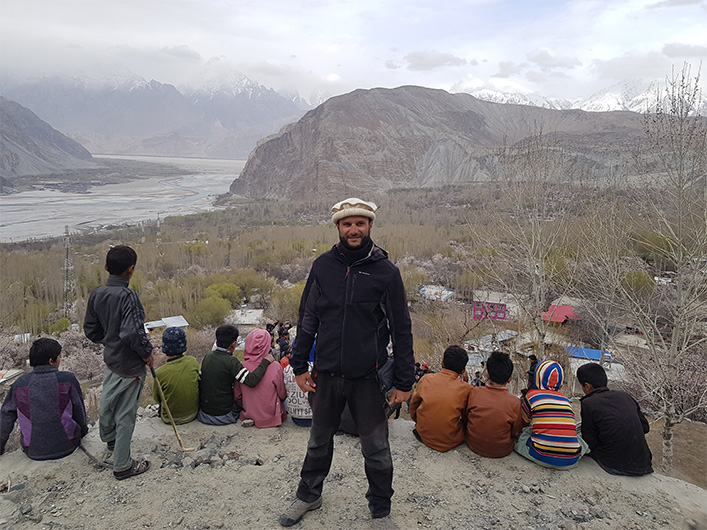KHAPLU: A Pakistani northern mountainous district that draws tens of thousands of local and international tourists every year may well be one of the country’s safest places, according to locals and police officials.
Bordering China’s Xinjiang province and the Indian-administered region of Ladakh, Ghanche, known for its picturesque landscapes, is surrounded by some of the tallest mountains in the world. The area has also not recorded any armed robberies or other serious crimes in the last decade, a top police official said, with only one murder reported about 15 years ago.
“Ghanche is a very peaceful region of Gilgit-Baltistan since the crime rate here is quite negligible,” the area’s superintendent of police Jan Muhammad told Arab News. “We haven’t witnessed serious crimes like murders or armed robberies here for years.”
Muhammad said the people of the district were hospitable and peaceful, and he had never received any complaints from locals or tourists that their valuables or personal belongings had been stolen.

A young resident of Ghanche district dances at Khaplu View Point, Gilgit-Baltistan, Pakistan, on April 11, 2021. (AN Photo)
“This district is one of the safest places in northern Pakistan,” Muhammad said.
Police records show only 34 complaints of “an ordinary nature” registered across the district in 2020. This year, police in Ghanche received only three “minor complaints.”
And despite travel restrictions imposed in the wake of the coronavirus pandemic, Ghanche continues to host foreign and local tourists, mainly due to its reputation for safety.

A tourist poses for a photograph in Gilgit-Baltistan’s Ghanche district, Pakistan, on April 11, 2021. (AN Photo)
“People prefer to travel to secure places and Ghanche is the best place to visit due to its idyllic surroundings and peaceful environment,” said Muhammad Zanique, a tourist from Lahore. “This is my second trip to the place, and I recommend everyone to visit this area.”
Muhammad Nasim Rashpori, a hotel owner in Ghanche, said people usually left their houses and vehicles unlocked since there was “no concept” of theft in the district.
“Sometimes we find cell phones and wallets of tourists which they mistakenly leave behind in their rooms,” Rashpori said. “We do our best to trace the owners and return them these items.”

















